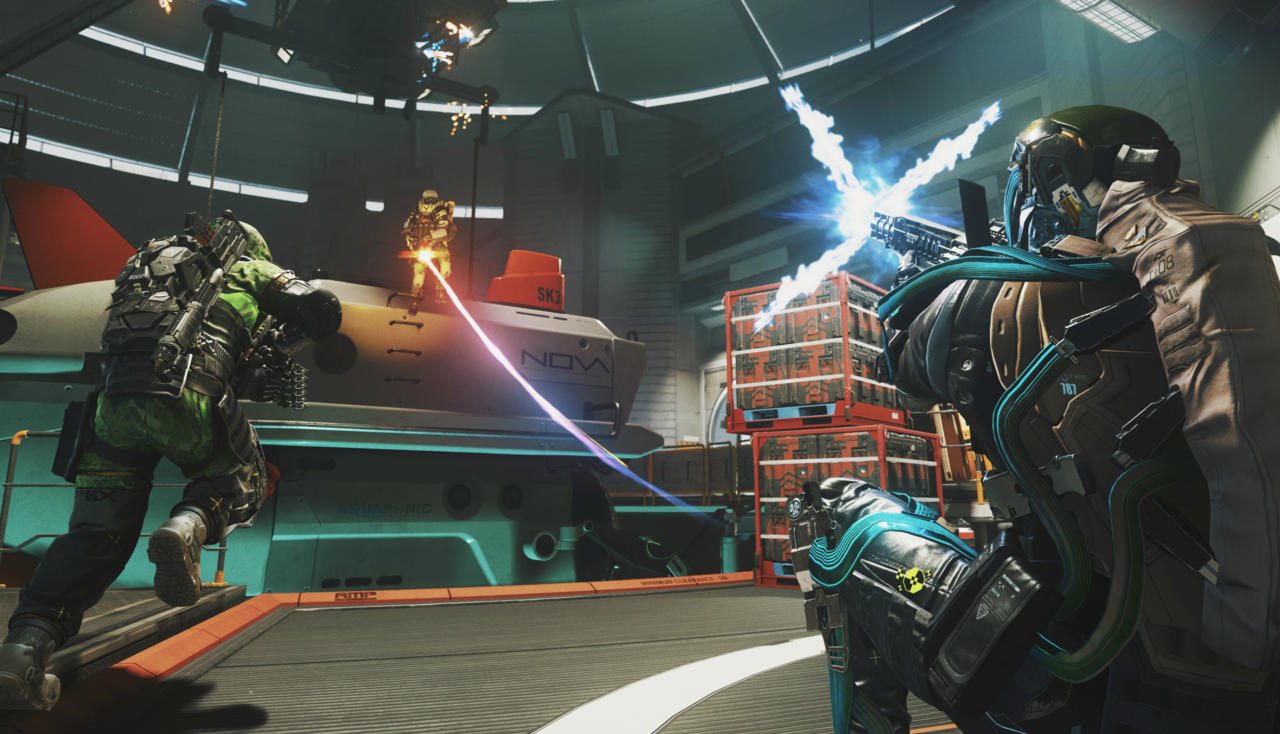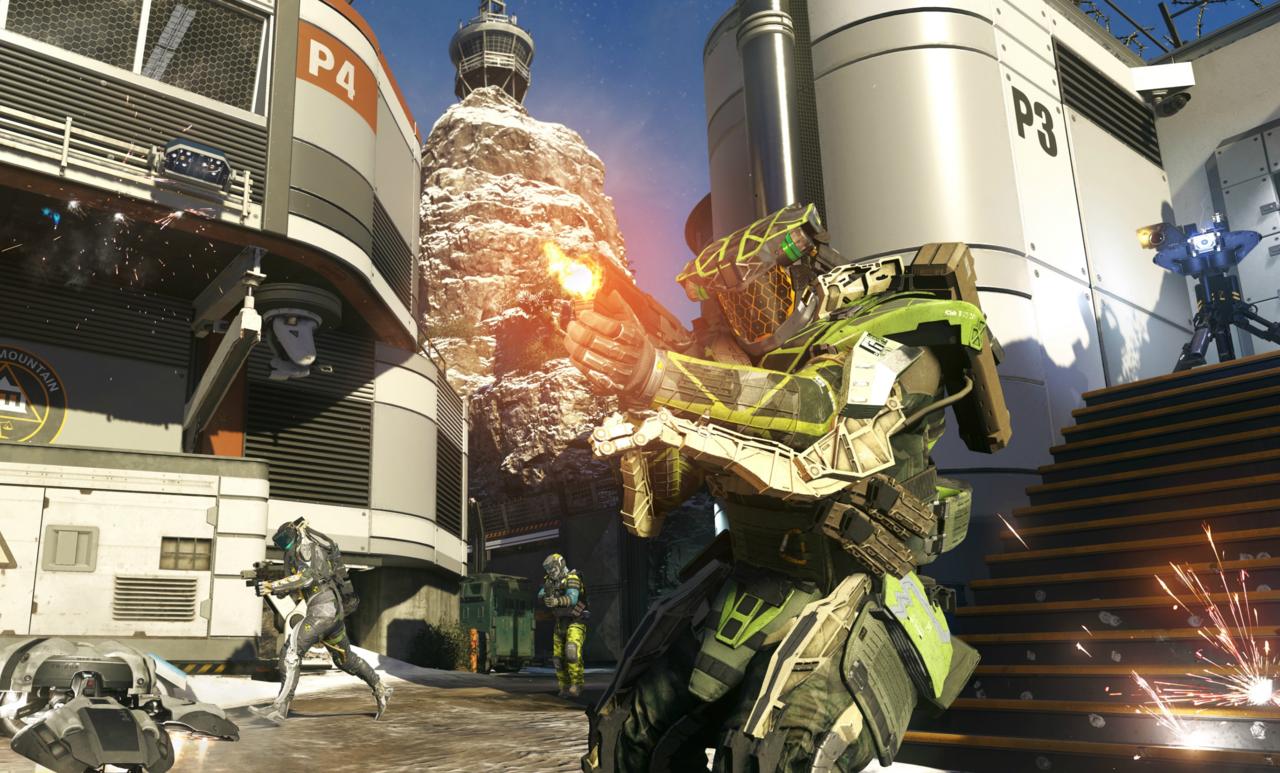Does Call of Duty: Infinite Warfare's Multiplayer Set the Shooter Apart?
A familiar departure.
Call of Duty: Infinite Warfare's multiplayer is both an evolution of the franchise and a reflection of where the shooter genre is at in general. It iterates on hand-picked ideas from earlier Call of Duty entries, while also borrowing ideas from the recent influx of games dubbed "hero shooters." This all begs the question: does Infinite Warfare feel all that new?
Initially, the answer is yes. During the two hours I spent with the game's multiplayer component, Infinite Warfare introduced enough factors to the formula to make it feel fresh enough.

The new Rig system is the most notable difference. Rigs act much like Specialists did in Black Ops III, or heroes do in Overwatch, bringing personality to bear on the battlefield. They're twists on the typical class structure of older shooters. The six Rigs all have distinct aesthetics, but also ultimate abilities, creating chaos where there was otherwise vanilla Call of Duty order. There's FTL and his phase-jumping ability. There's Phantom, the sniper with invisibility and concealment powers. And then there's my favorite, Synaptic, a robot that can run around on all fours and tear enemies to shreds.
Rigs add character to the otherwise fast-paced, twitch reflex, stop-and-pop rhythm of Call of Duty. They're recognizable, and demand a defensive strategy when spotted. As the matches passed, experimentation became the driving force: how can I combine Warfighter's Claw weapon with his unique perks? Will Stryker's turret be enough to defend this control zone? What the hell is that floating black ball sucking my teammates into the void?
Learning the Rigs' different powers, mastering their best counterattacks, and knowing when best to activate their ultimate ability makes Infinite Warfare feel like the aforementioned Overwatch, a game that thrives on the nuance of its fighters. Rainbow Six: Siege did something similar with its Operators, as did Battleborn with its science-fiction mercenaries.

The thing is, after two hours, Infinite Warfare's Rigs didn't always carry the action on their back. I often defaulted to the reflex-based combat Call of Duty has come to be known for. I stopped worrying that a Synaptic player was sprinting at me, or that a Merc was rounding the corner with his riot shield attack ready. Infinite Warfare began to feel like the Call of Duty I've played so many times before.
Of course, I only played two hours. I couldn't test the longevity of the new progression system, which appeared promising, based on the fact that Infinity Ward has added craftable weapons and challenge guilds to the mix. I also only had access to several maps--they were well-designed, with differing verticalities and lanes that stacked on top of each other before leading back down to pivotal chokepoints--so I can't speak to the quality of the final release's overall level design.
So as of now, Infinite Warfare is doing enough to pique my interest. It still feels very much like a Call of Duty, and in many ways, a continuation of what we played in Black Ops III. But if the Rig subclasses and deeper progression system can do enough to keep me hooked, and supplement a campaign that could take the series in interesting directions, Infinity Ward's next installment might be the adrenaline shot the series needs. The mechanics are still as fine-tuned as ever--but November will show if Infinite Warfare has any legs.
Infinite Warfare launches on November 4 for PlayStation 4, Xbox One, and PC.
Got a news tip or want to contact us directly? Email news@gamespot.com
Join the conversation